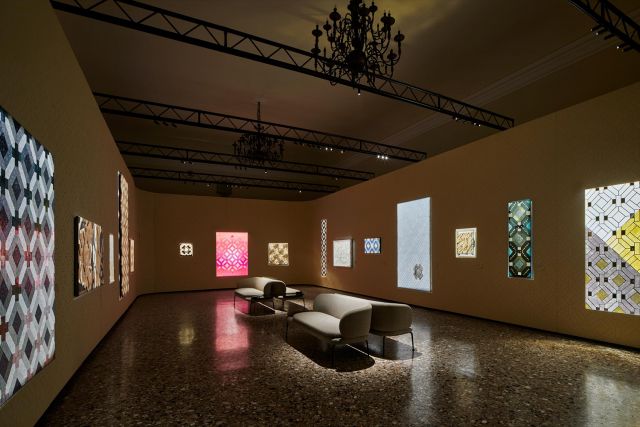 © Riccardo Urnato
© Riccardo Urnato
Orsoni Venezia 1888
Mosaic makingOrsoni Venezia 1888 is the last historic glass furnace permitted to operate within the confines of the city of Venice. Founded in 1888 by Angelo Orsoni, the furnace still uses the same artisanal Byzantine techniques to produce Venetian smalti and gold leaf mosaics in more than 3,500 tones and shades. Since the creation of the company, Orsoni has manufactured mosaics for the renovation of St Mark's Basilica; to this day, it is still the only furnace that can produce the “Oro San Marco”. Orsoni glass mosaics can be found in buildings around the world, such as the Trocadéro and the Sacré-Coeur in Paris, or St Paul’s Cathedral in London.
Technique
As with metals and stones, fusion gives first life to the Orsoni mosaics. A crucible, a ceramic container in which substances are placed to be melted, is put into the heart of the furnace. Glass and colourants are placed within the crucible. These, combined with the high temperature of the furnace, give birth to the unique Orsoni glass tesserae, known as smalti. Gold leaf is sometimes added to the preparation, inserted between the support and a thin protective glass layer.
 Pattern of Crafts Exhibition
Contact
Pattern of Crafts Exhibition
Contact
Cannaregio 1045-1045/A, 30121, Venice, Italy
+39 0412440002
info@orsoni.com
www.orsoni.com Discover on Homo Faber Guide









